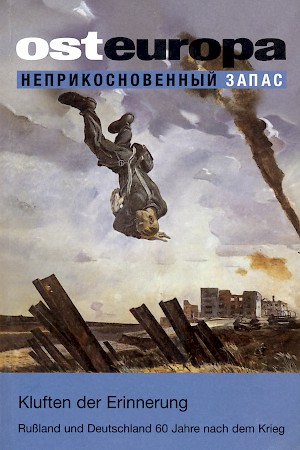Heroes and victims
Memorials in Russia and Germany
Natal’ja Konradova, Anna Ryleva
Deutsche Fassung
Abstract
Memorials provide information about collective memory and images of national history. Privately erected memorials preserve the memory of relatives. Those built by the state, which employ a stereotyped language, have additional functions. Since ancient times they have served to glorify the state, to consolidate power, and to create a feeling of community. Memorials to the Great Patriotic War in Russia show how commemorative practices have changed. In the post-war period emphasis was placed on the commemoration of individual victims, and after this came an etatiste period characterized by standardization, ideologization, and heroization. Today the traditional and new forms and statements can be seen alongside one another; pathos and heroic gestures exist side by side with quiet remembrance and the accentuation of the victims. A comparative glance at the practice of commemoration and policy on memorials in Germany shows that after the Third Reich there was a long period of amnesia. Today it is the victims who are the primary subjects of commemoration
(Osteuropa 4-6/2005, pp. 347–366)



